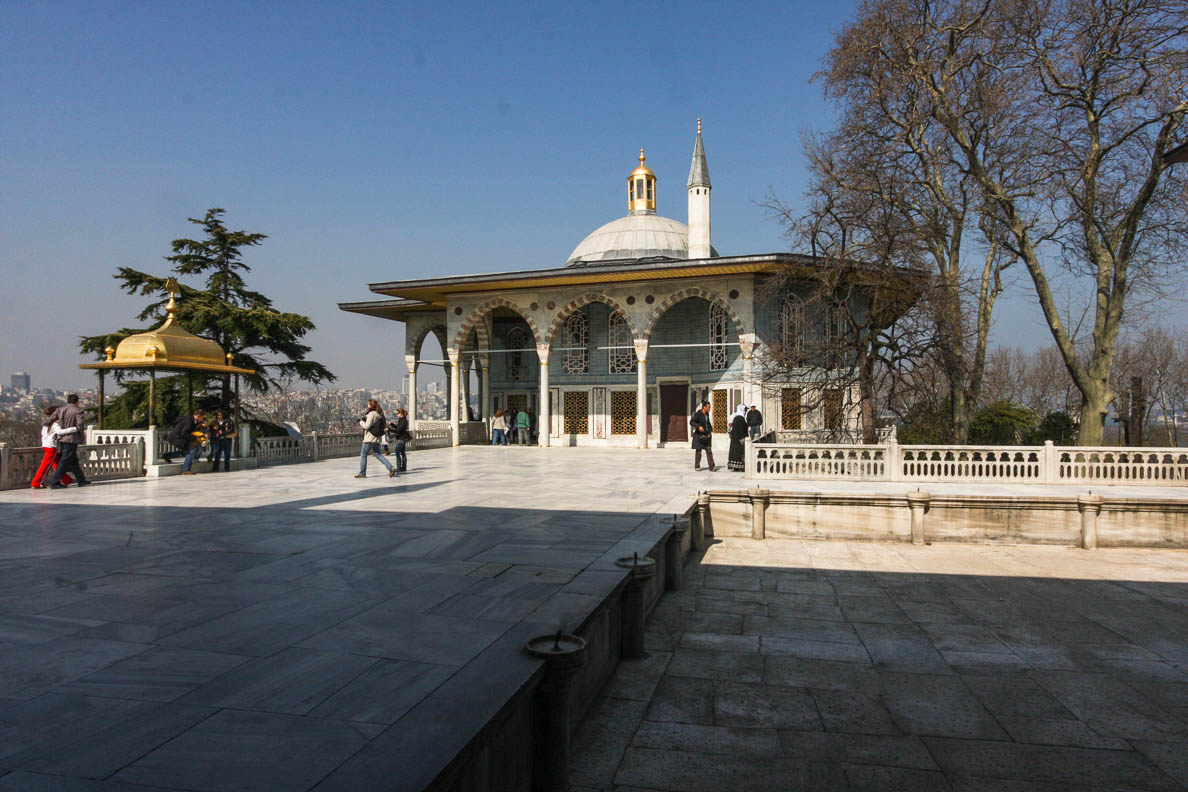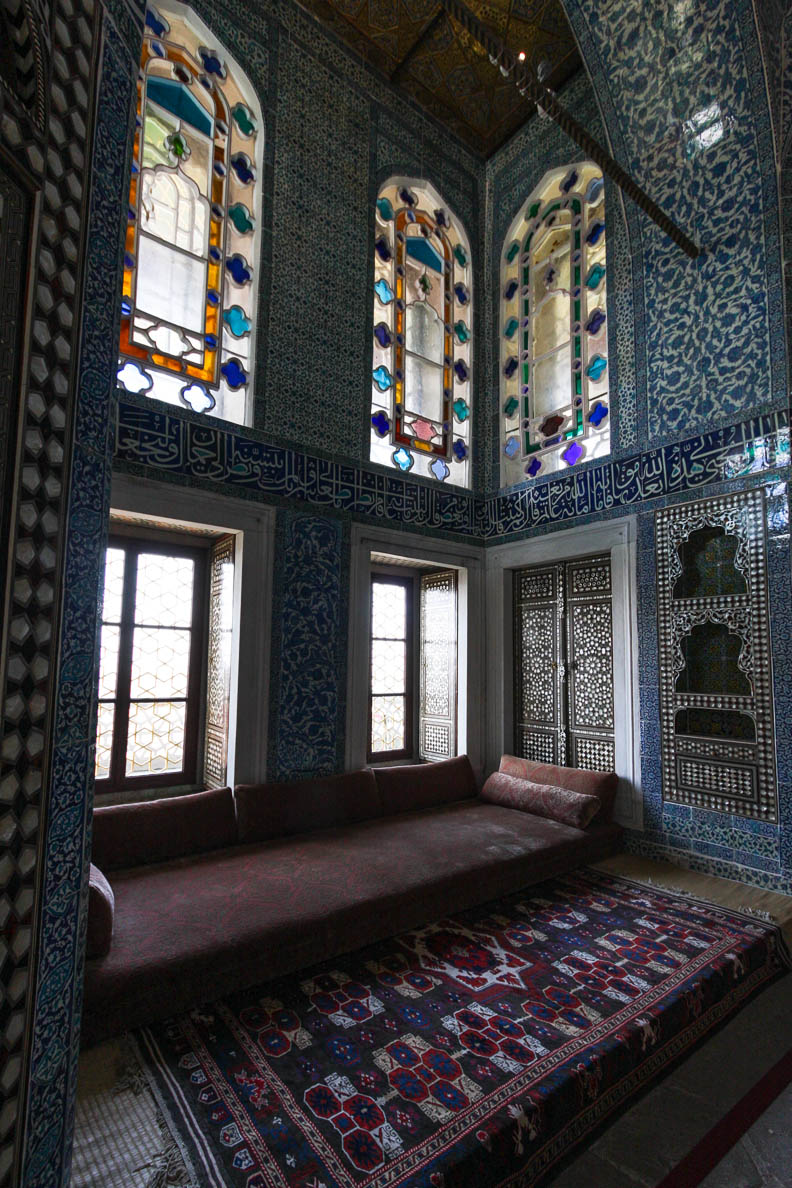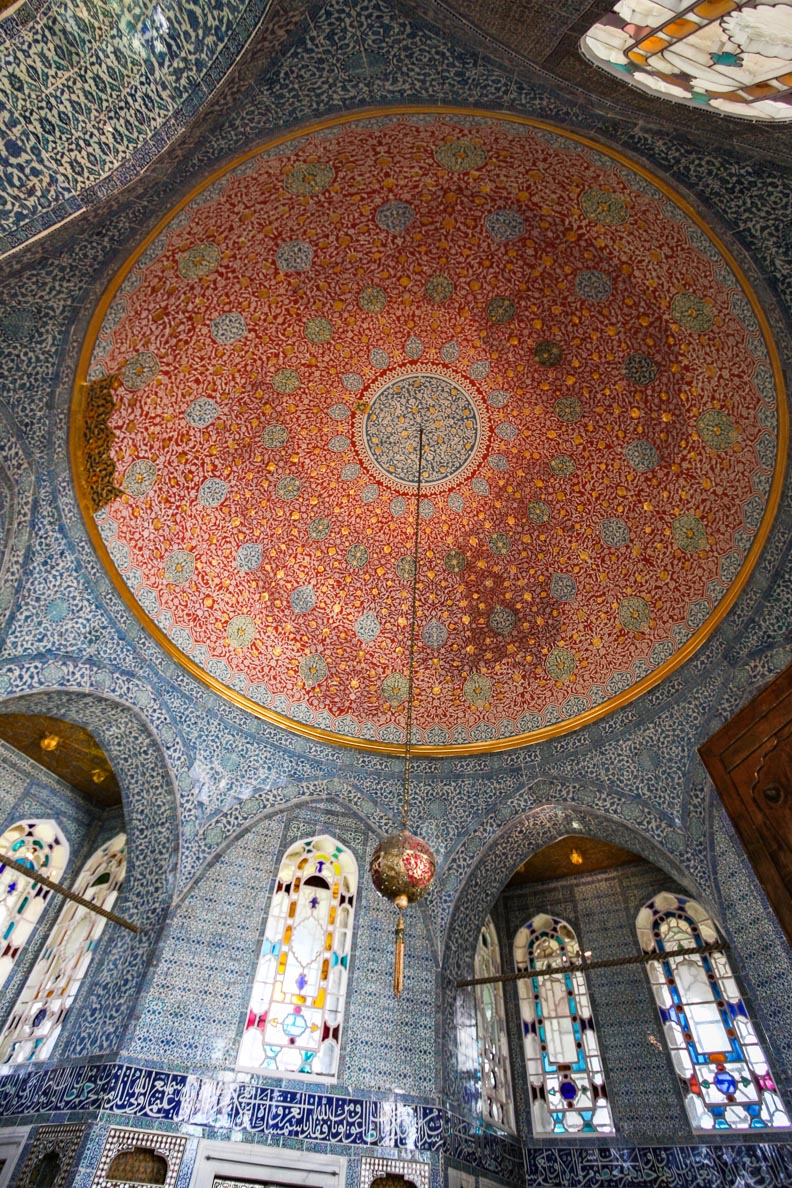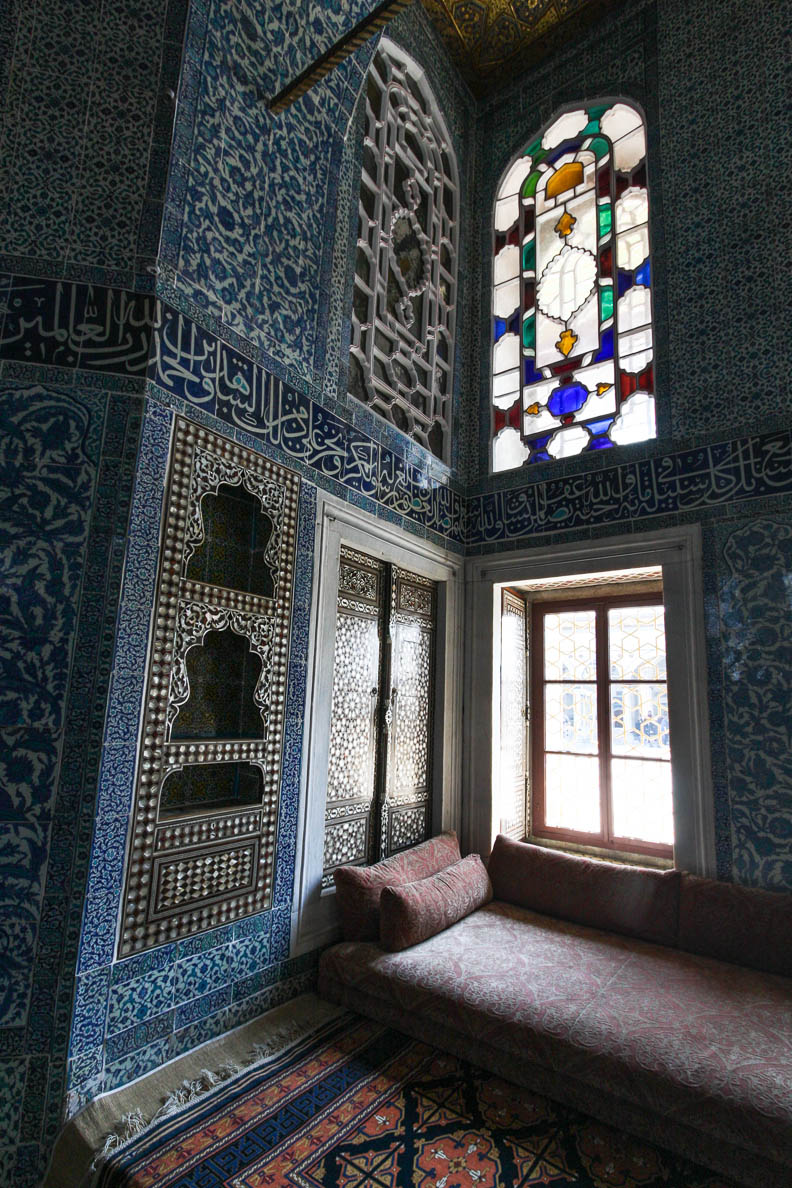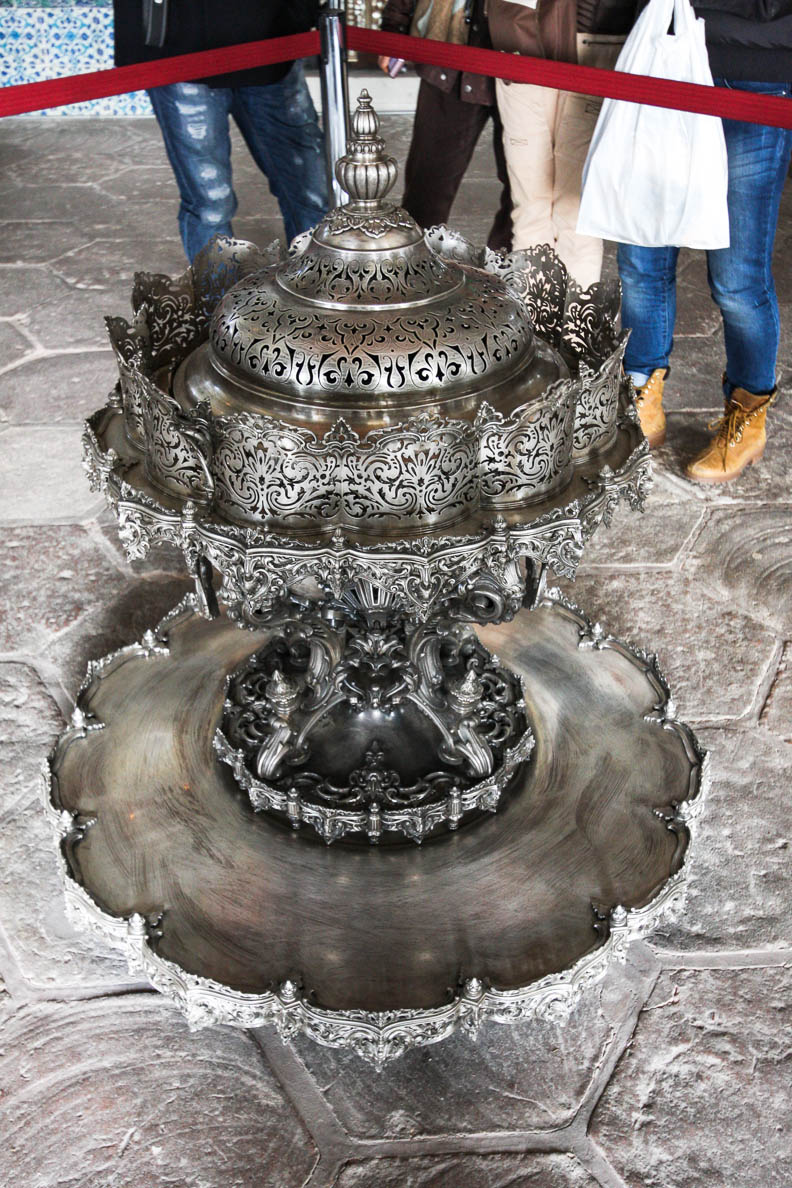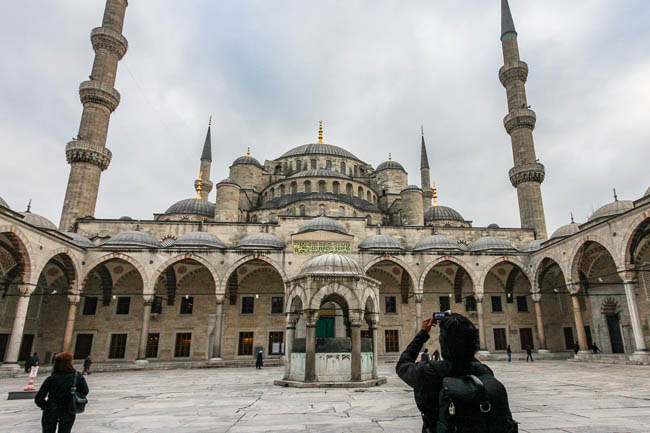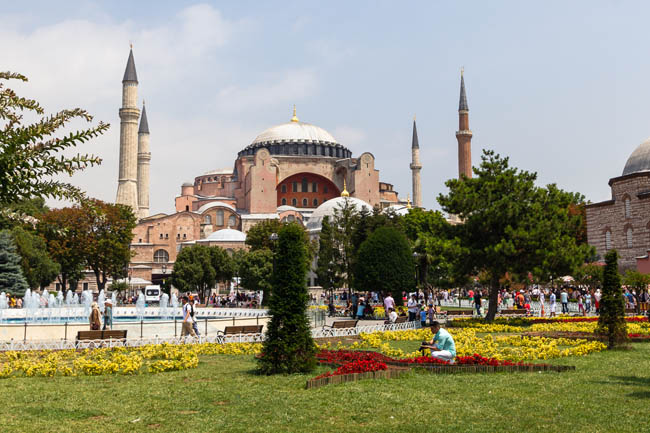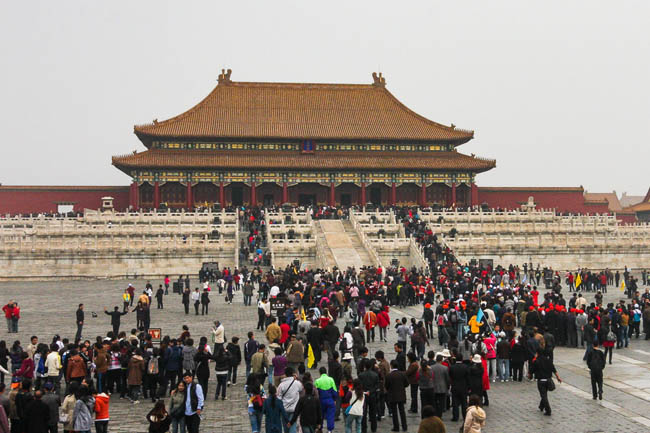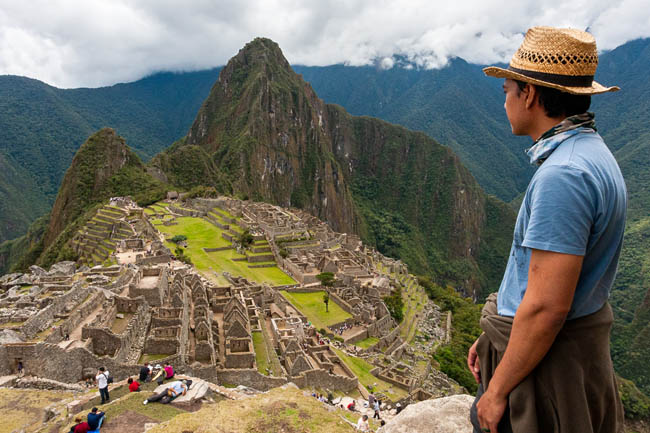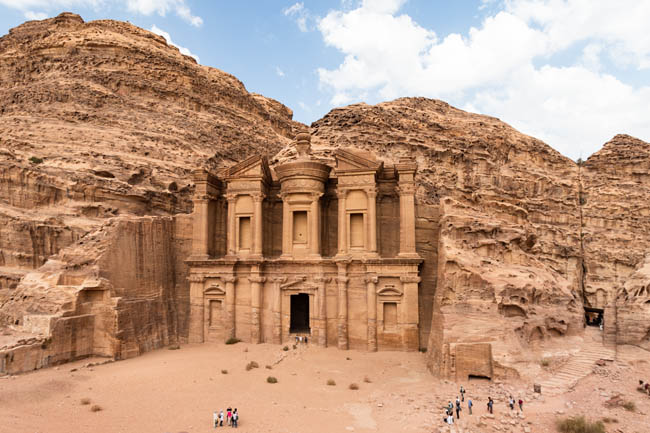TURKEY
TOPKAPI PALACE
طوپقپو سرايى
October 2009 • Canon 40D camera
UNESCO World Heritage site
Historic Areas of Istanbul
Address
Cankurtaran, 34122 Fatih/İstanbul
The Topkapi Palace was the seat of the Ottoman Sultan and the centre of one of the largest and most powerful Empires in the world. Built in the 15th century, it served as the palace for 25 Sultans for nearly four centuries. Each succeeding Sultan would add parts to the palace, producing a variety of artistic styles and architecture.
The palace sits on a hill atop Istanbul's Old City. Similar to the Forbidden City in Beijing, the Topkapi Palace has a series of courtyards to walk through. When the Ottoman Empire collapsed in 1923, Turkey became a republic and in 1924 the Topkapi Palace was transformed into a museum.
The First Courtyard
Courtyard I
The largest of the courtyards, it served as the waiting area during important events. You will find the Byzantine Church of Hagia Eirene located here. The Gate of Salutation serves as the entrance to the second courtyard and looks a bit out-of-place in its architecture. For me, it looks like a castle entrance from Europe.
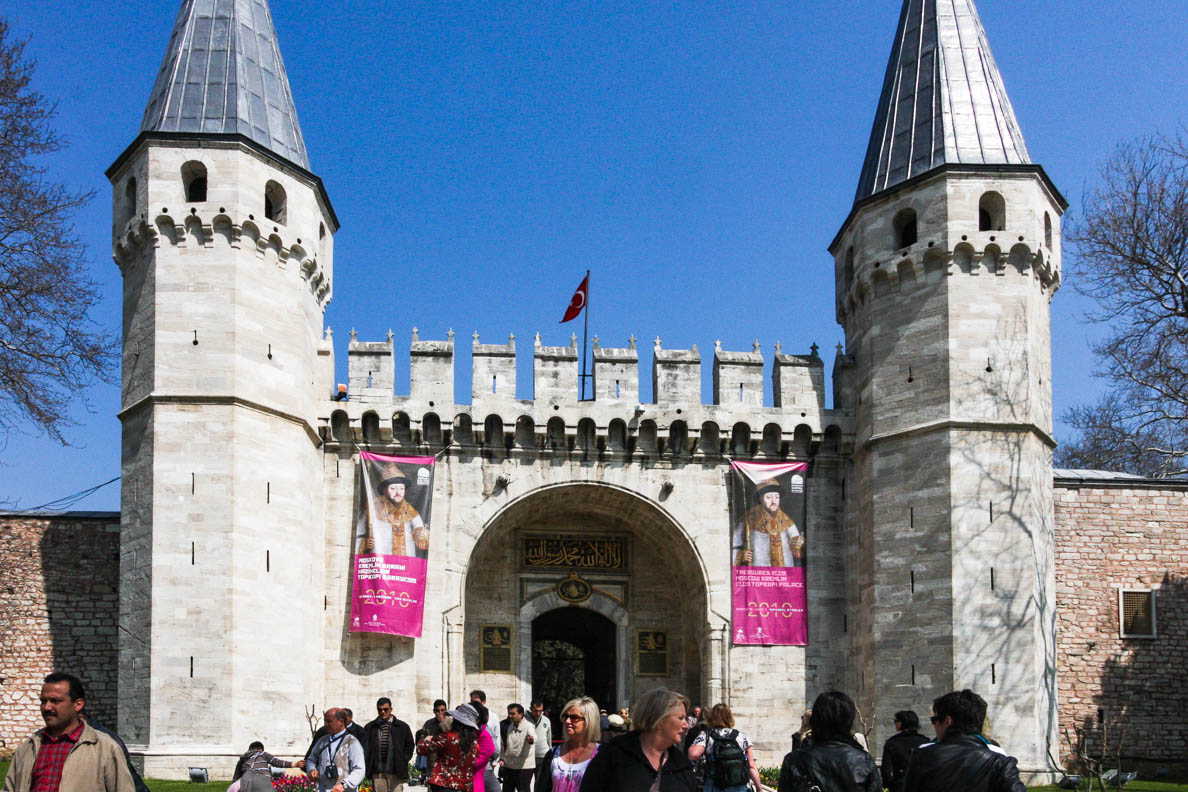
The Second courtyard
Dîvân-ı Hümâyûn
The Imperial Council (Dîvân-ı Hümâyûn) is the main focus in this courtyard. It was where Grand Vizier and other council ministers would hold meetings.
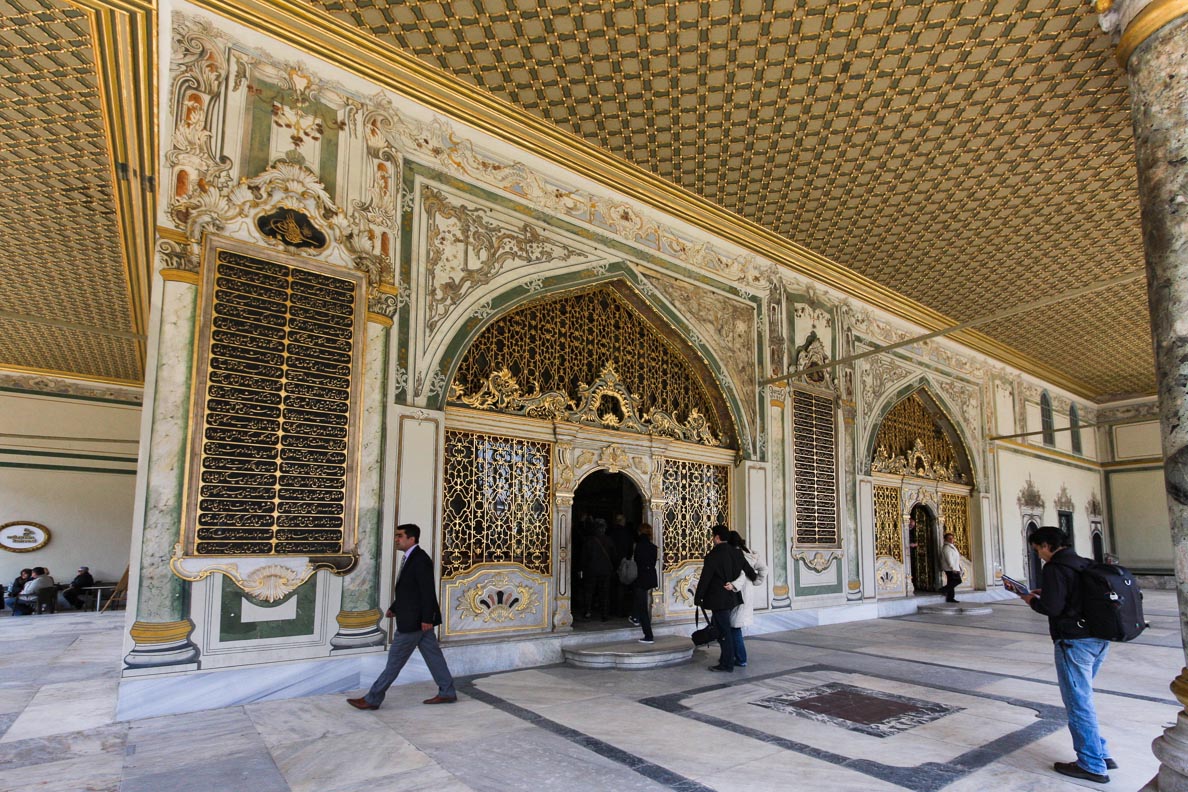
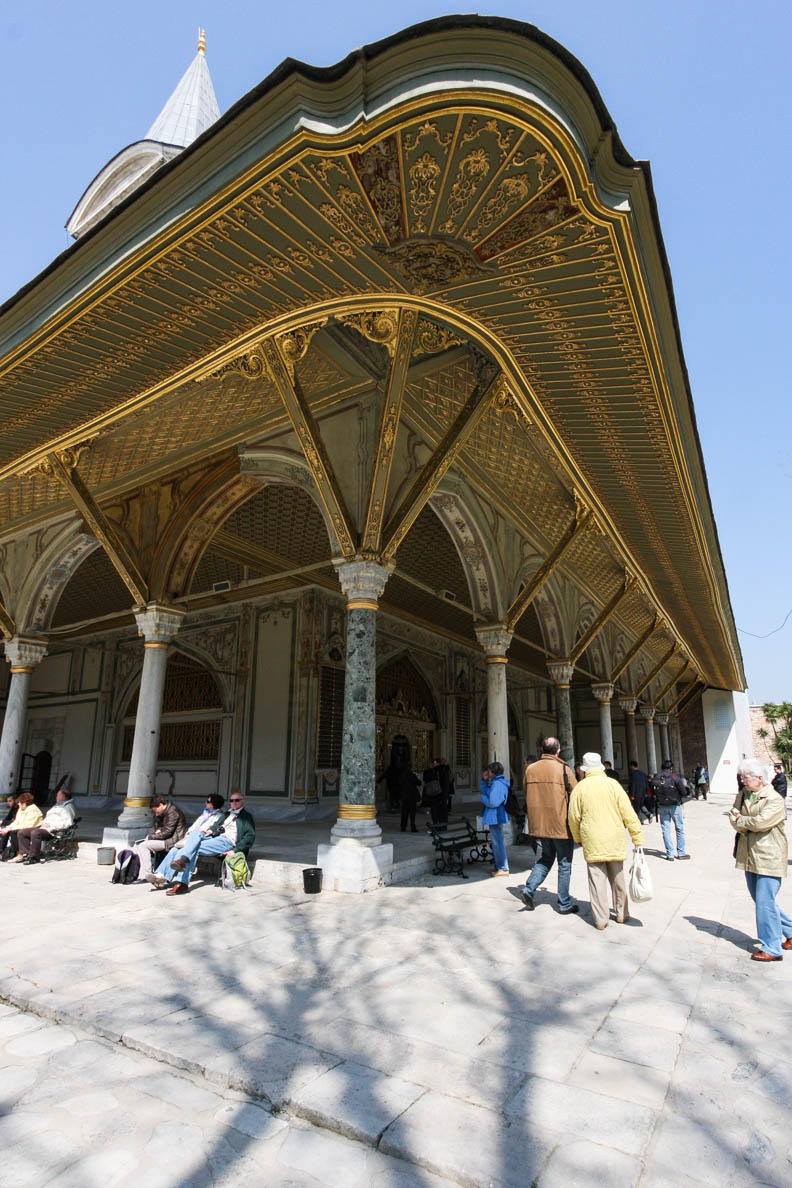
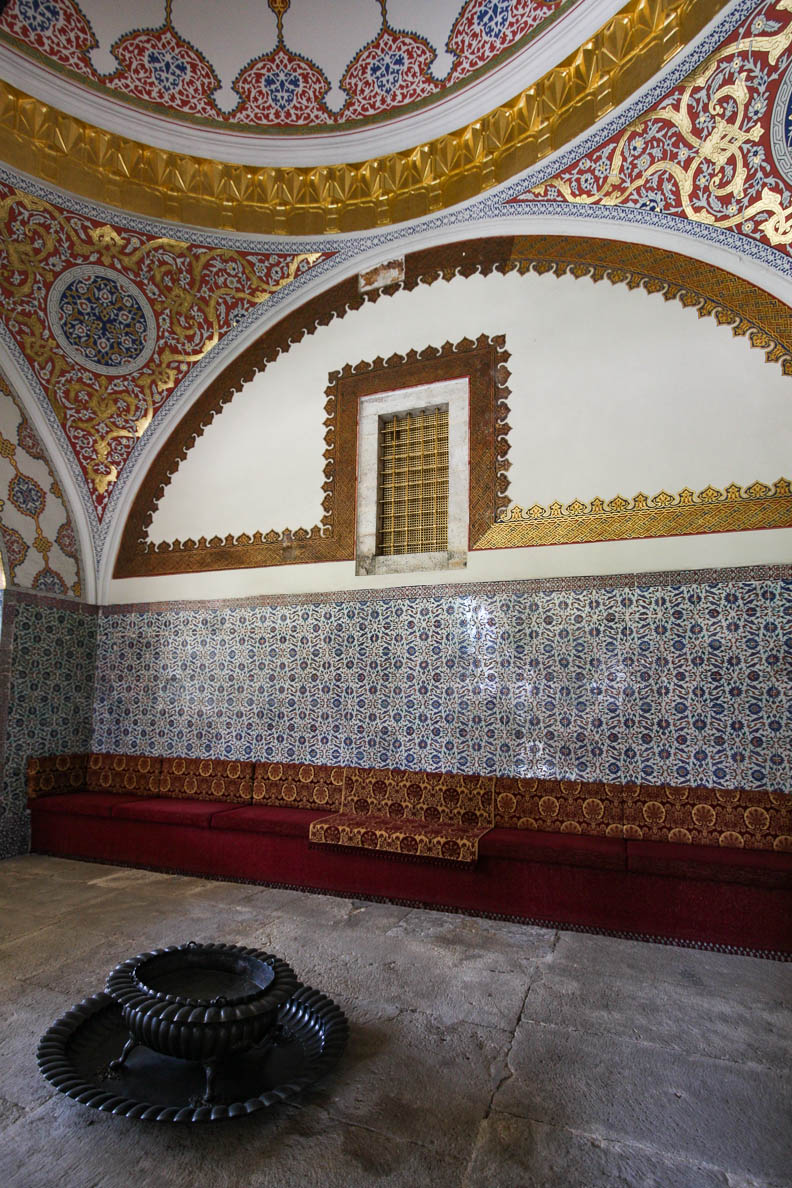
The Third courtyard
The Harem
Next to the Imperial council is the entrance to the Harem (Harem-i Hümayûn). This was the private quarters of the Sultan. The Harem complex has many buildings connected by walkways and courtyards.
Each building is exquisitely decorated from floor to ceiling with wonderful art. From tapestry to ceramics, each one is so colourfully detailed you wonder how the artist's could have been so patient.

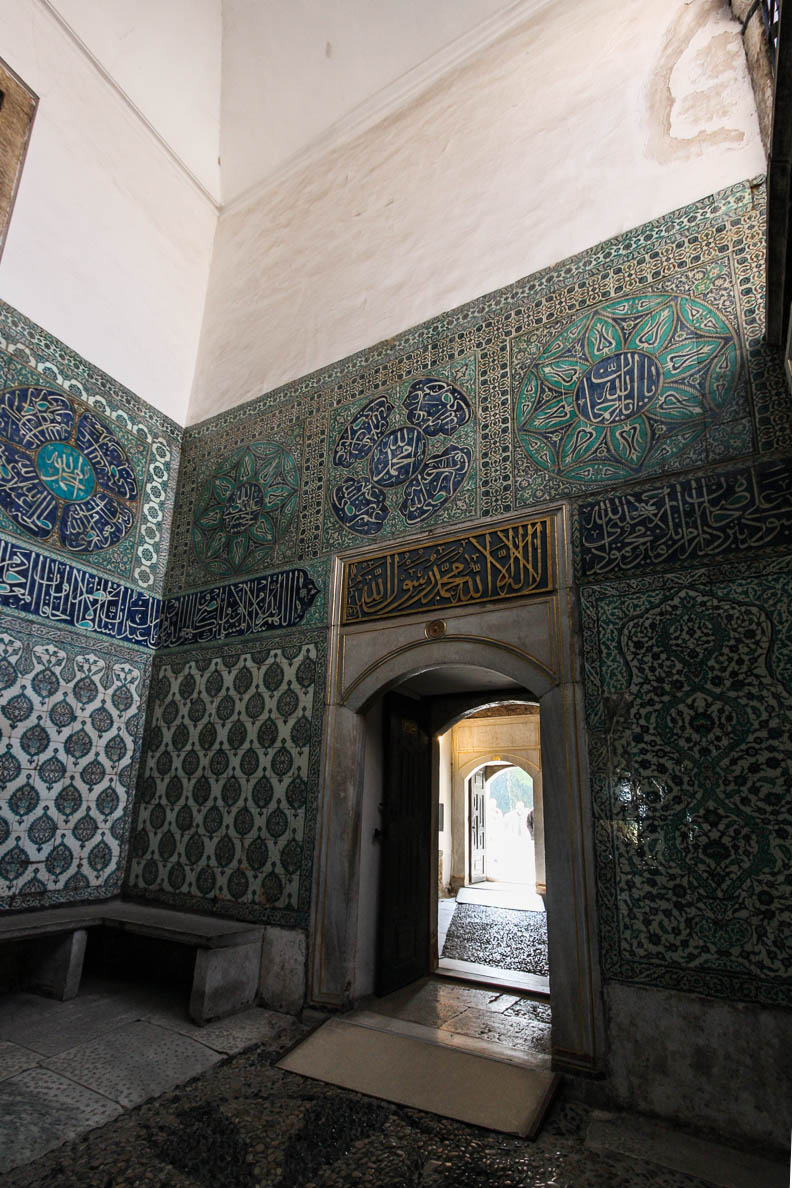

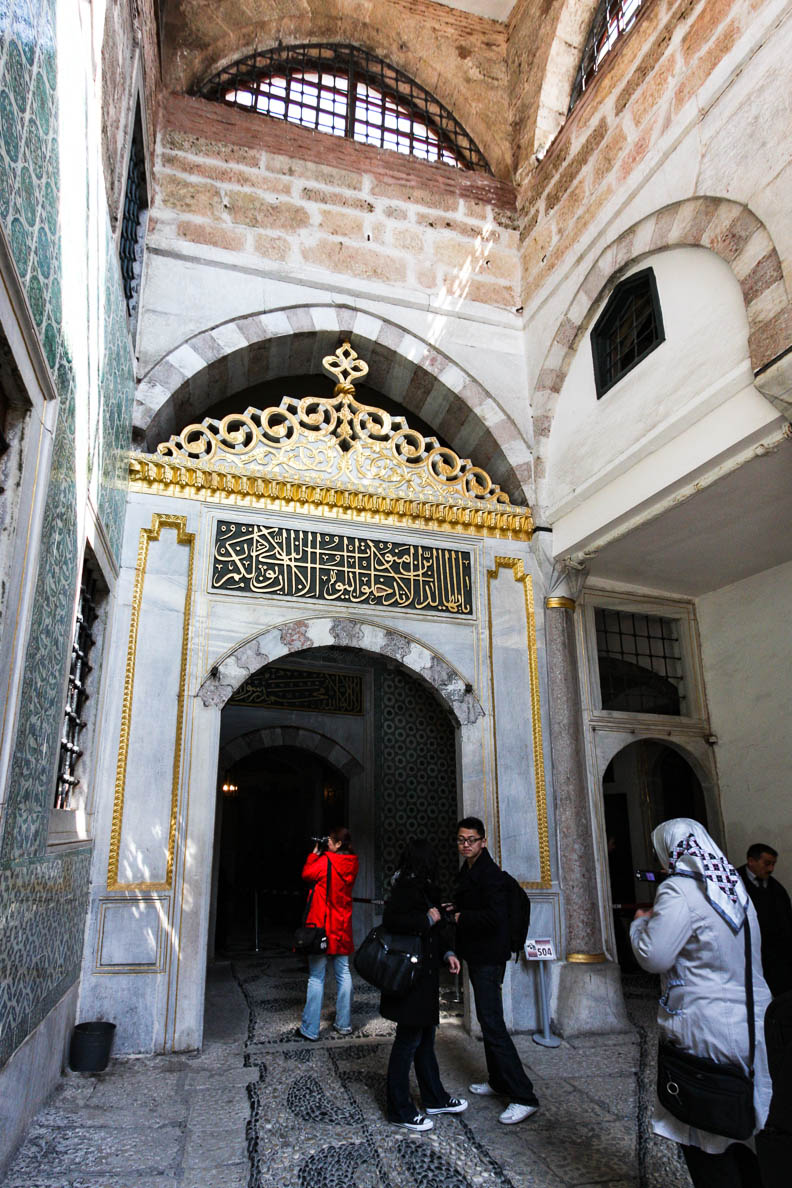
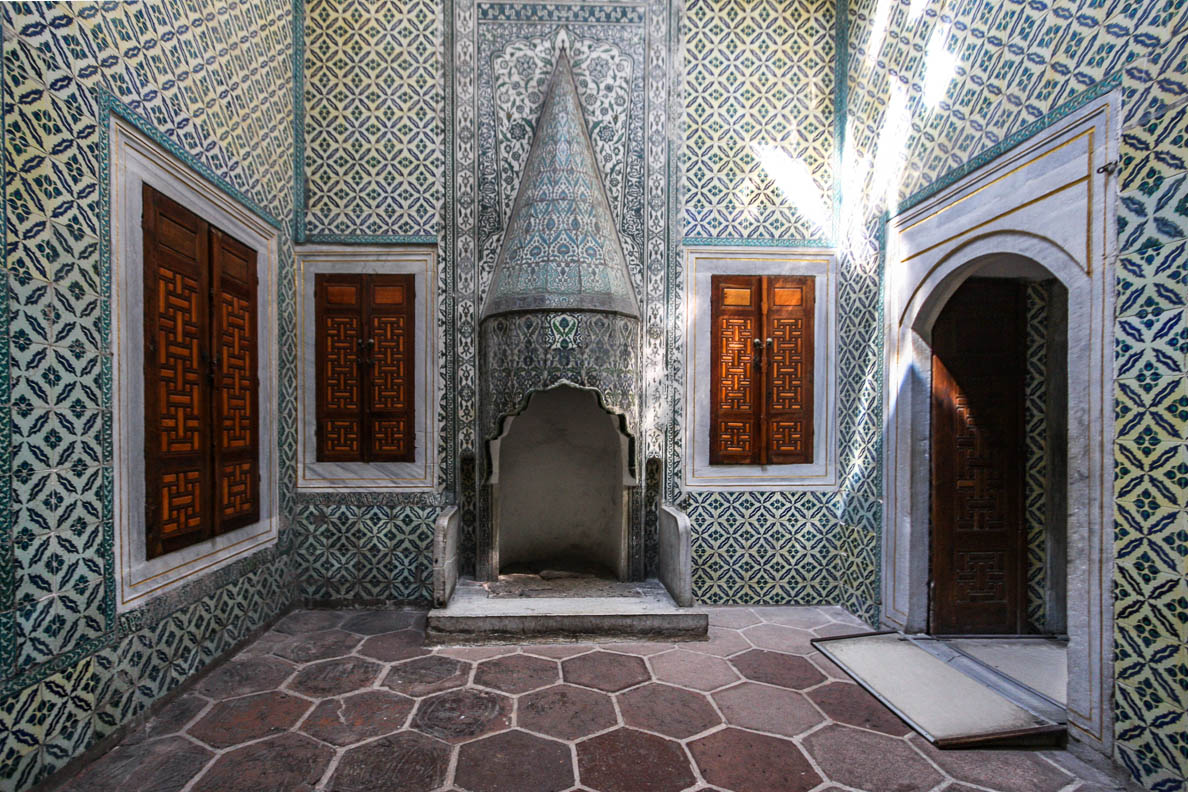
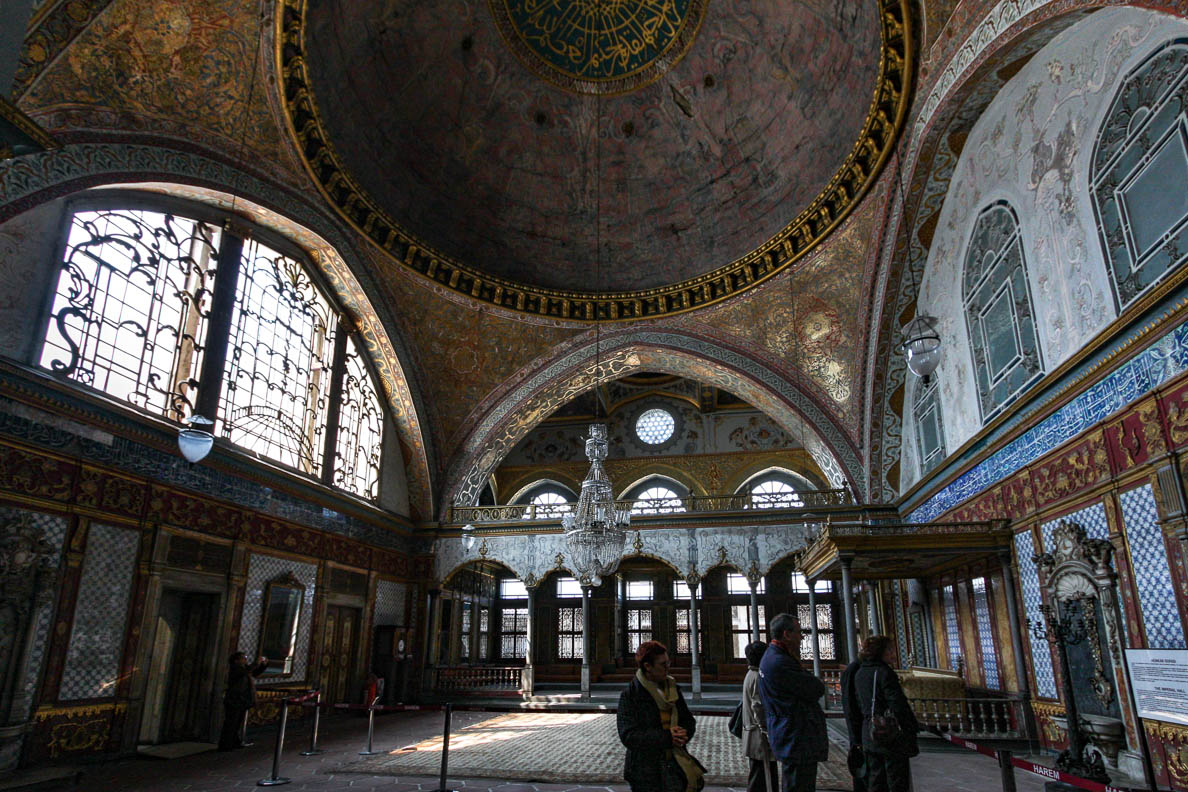
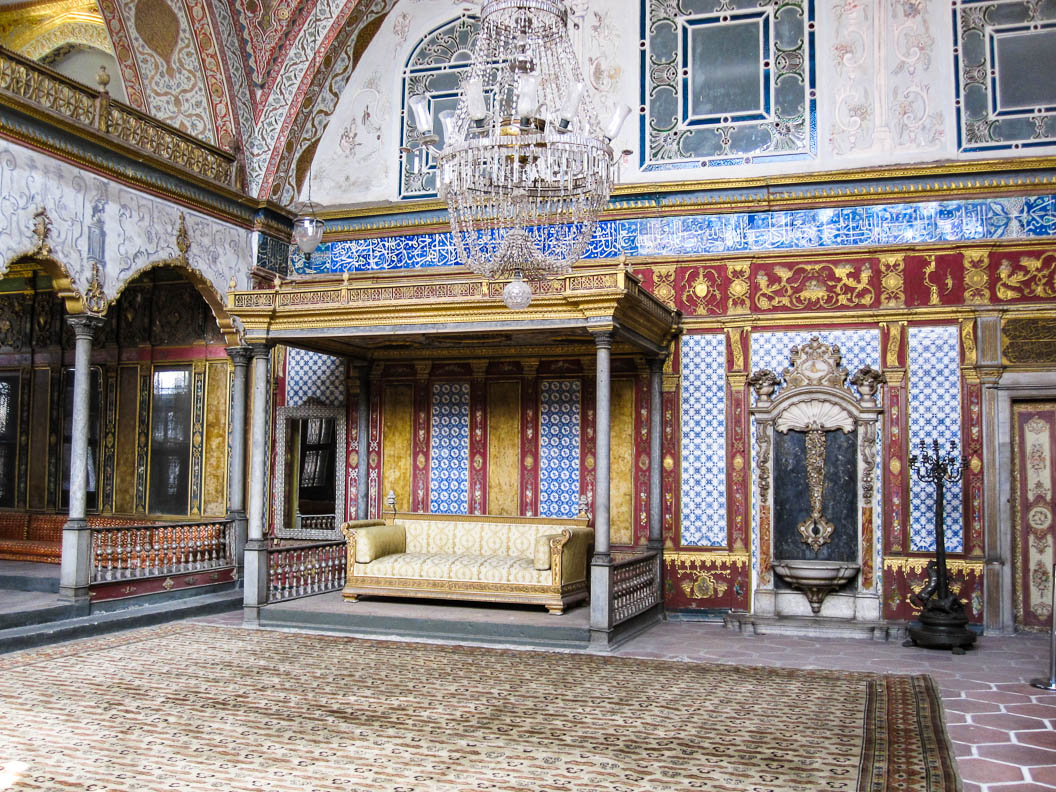

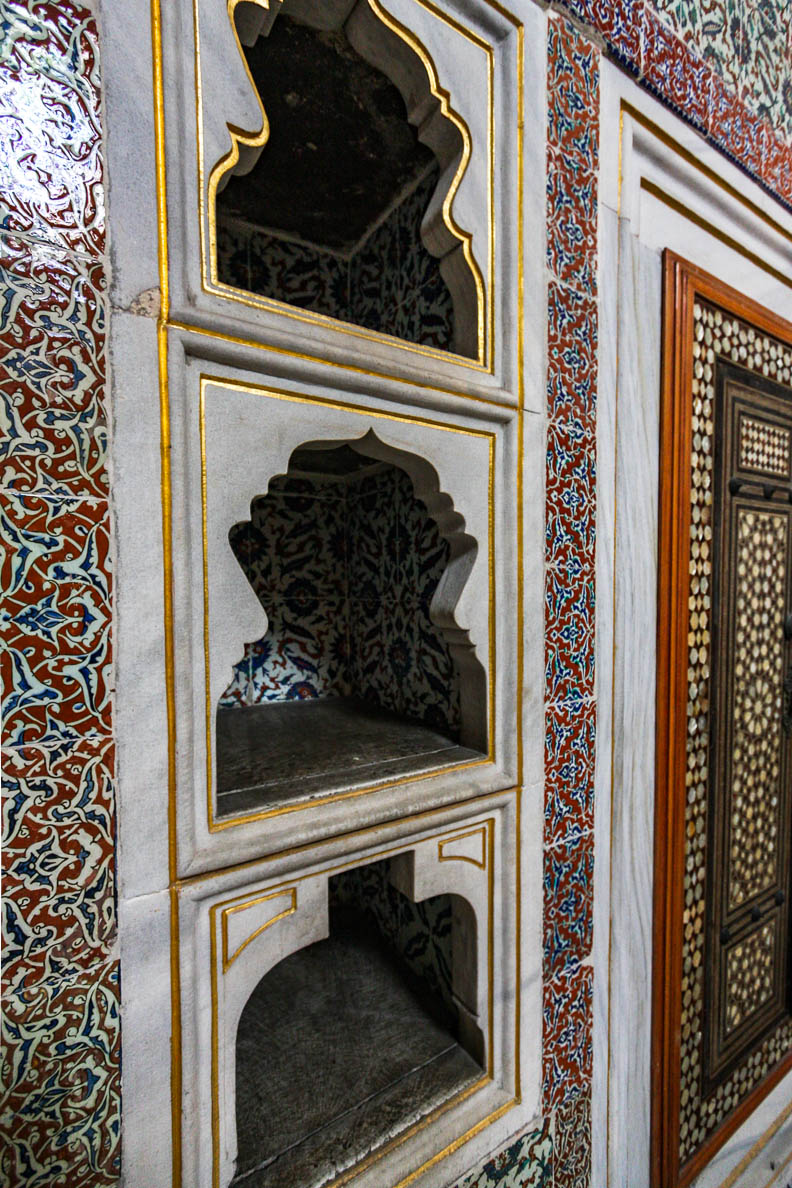
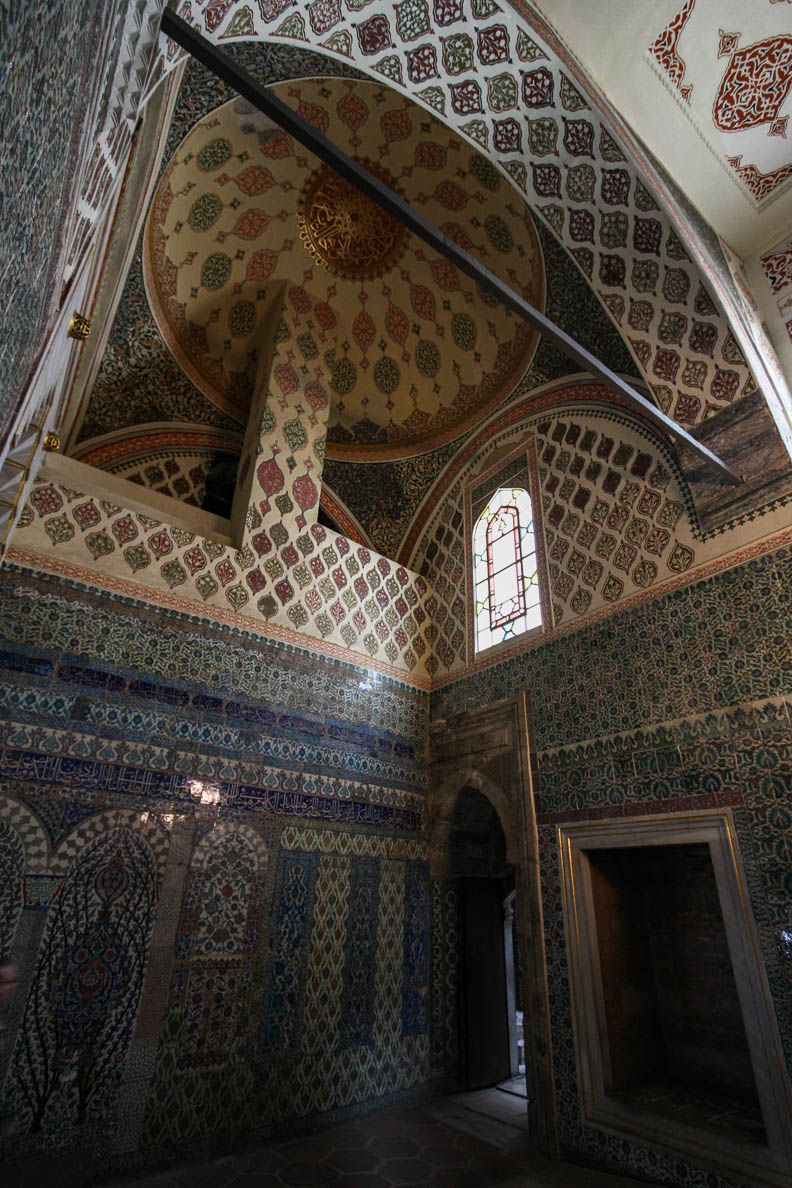
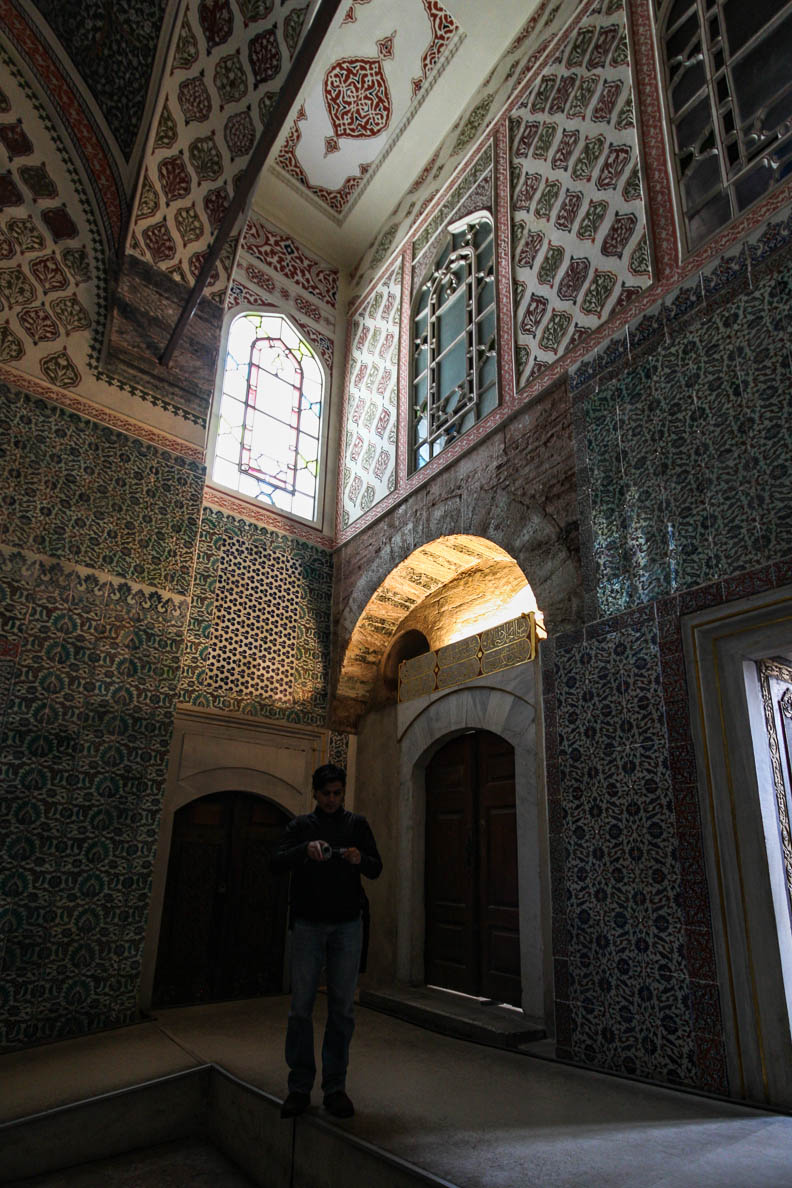
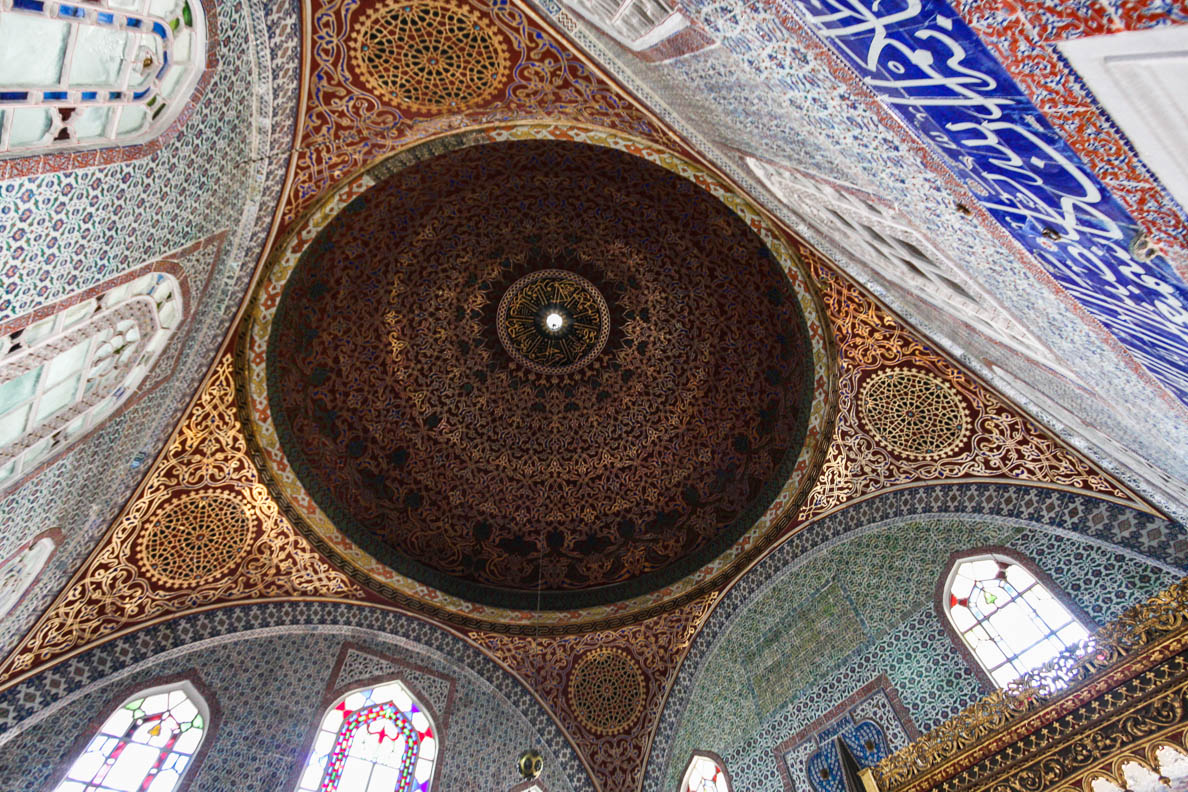
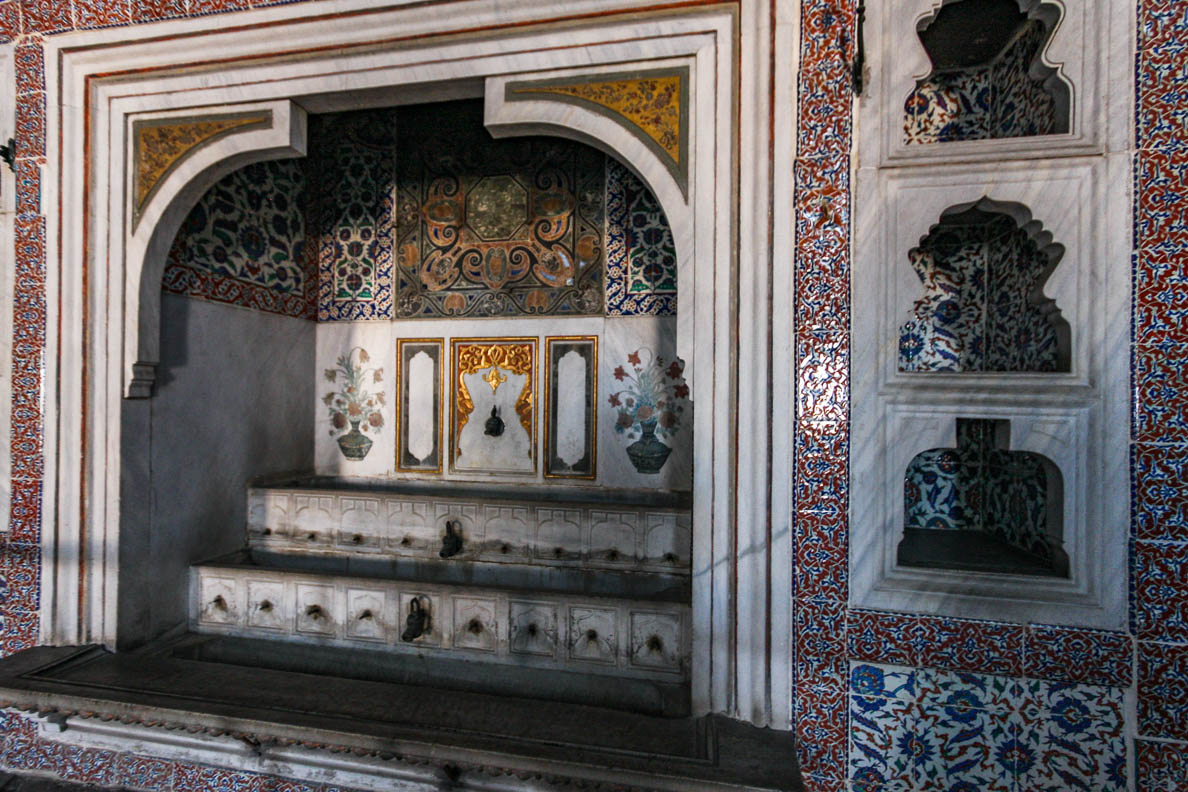
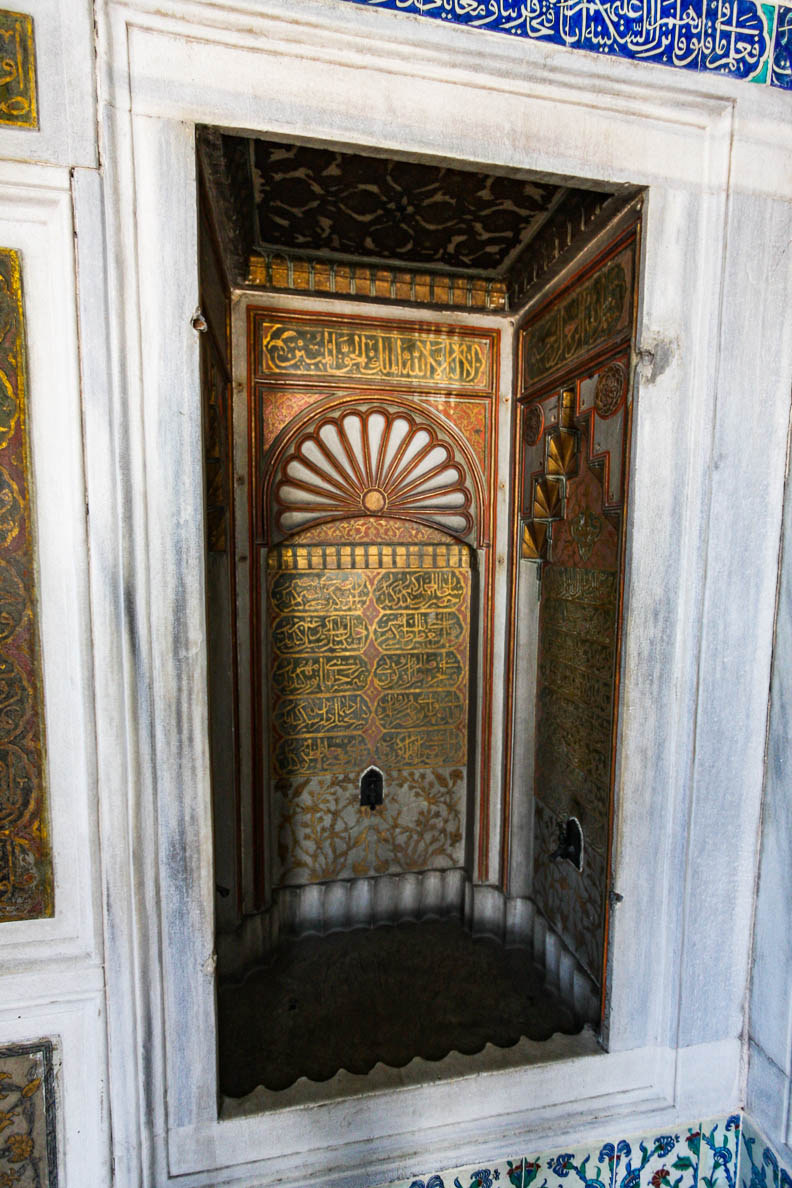
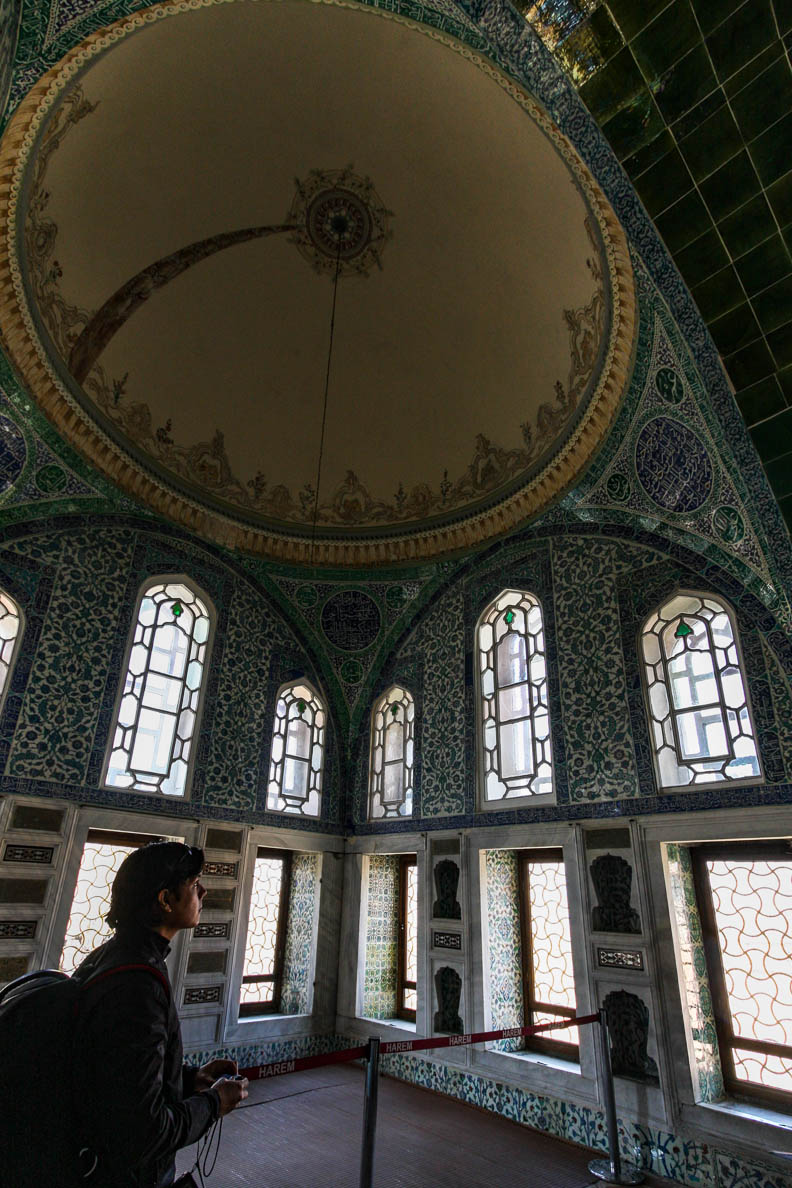
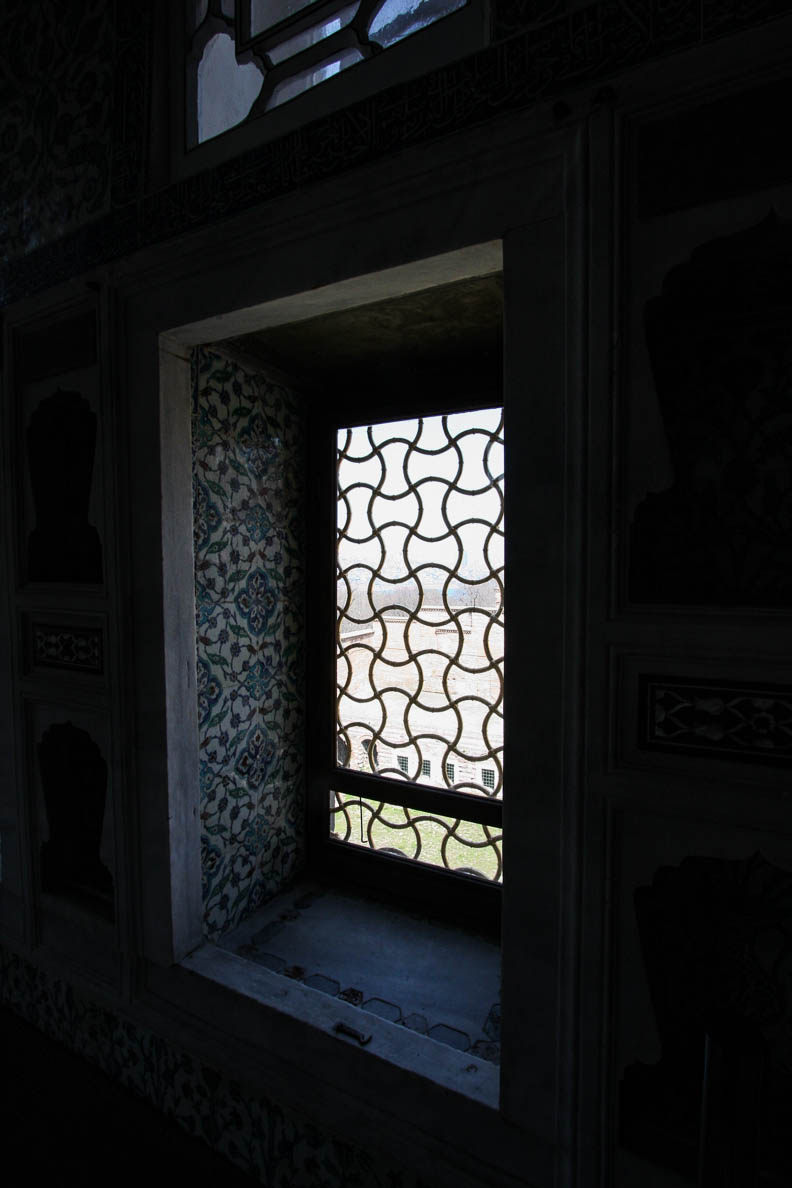
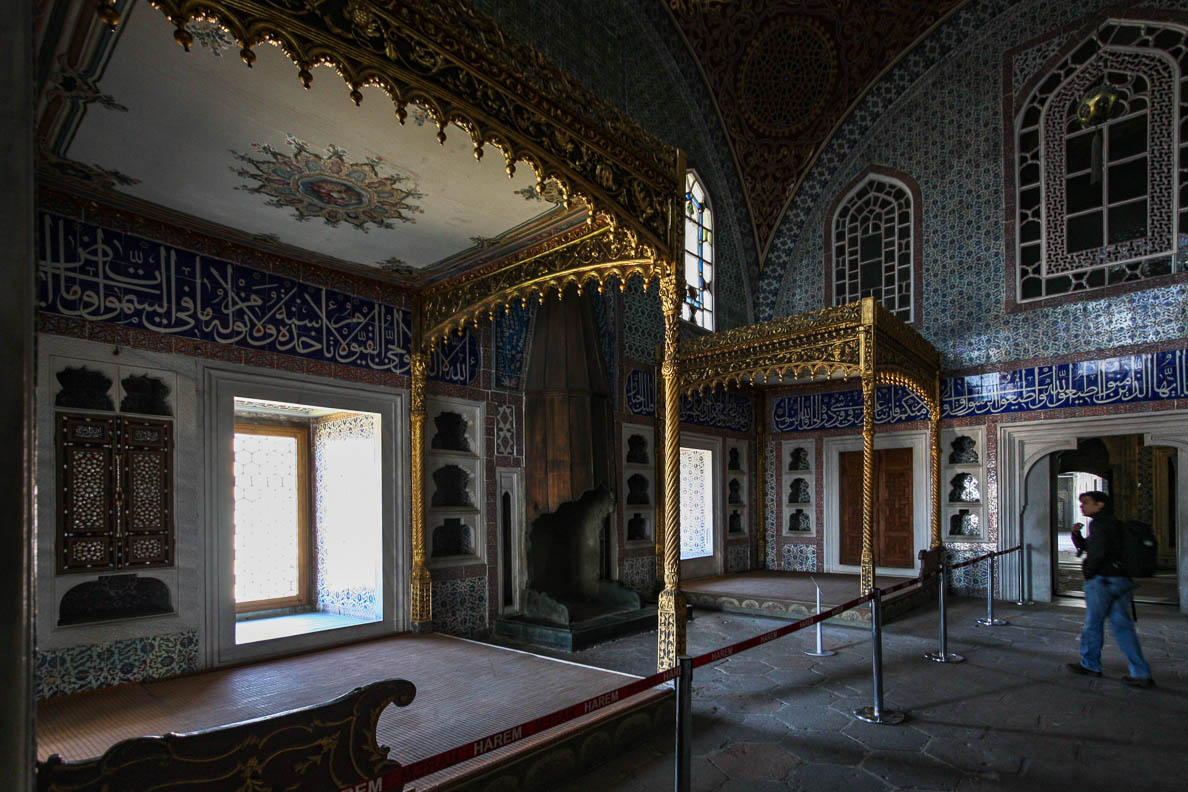
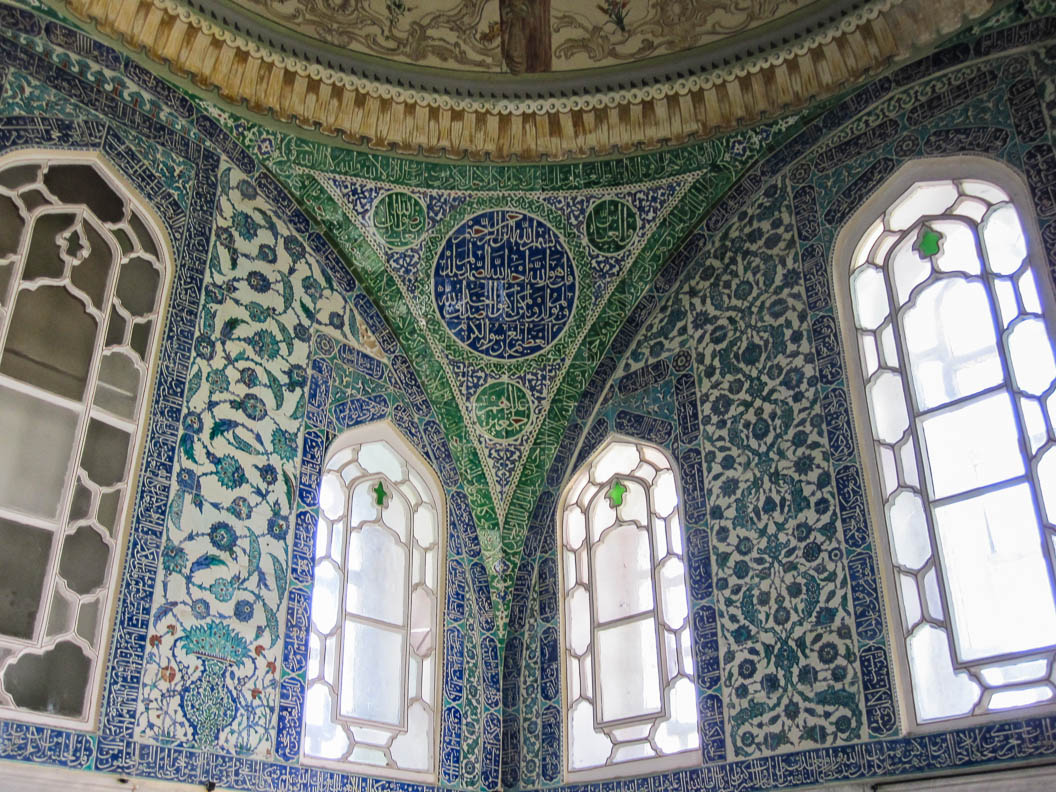
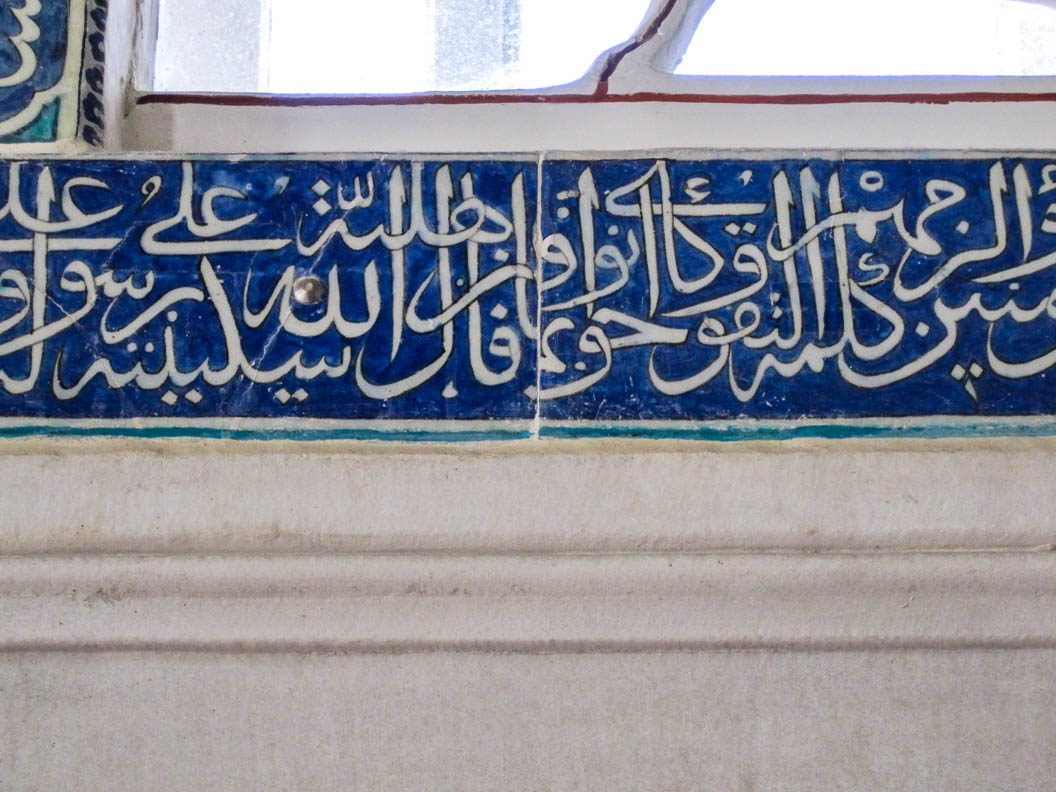

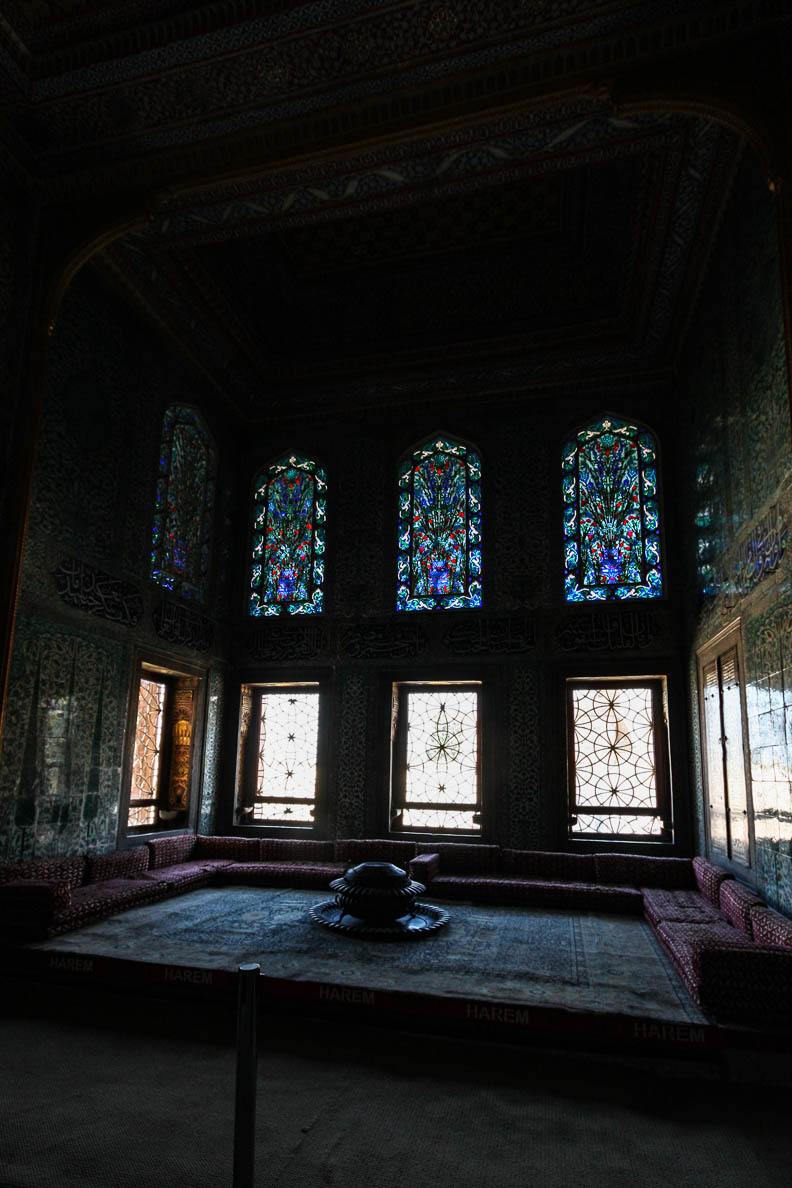
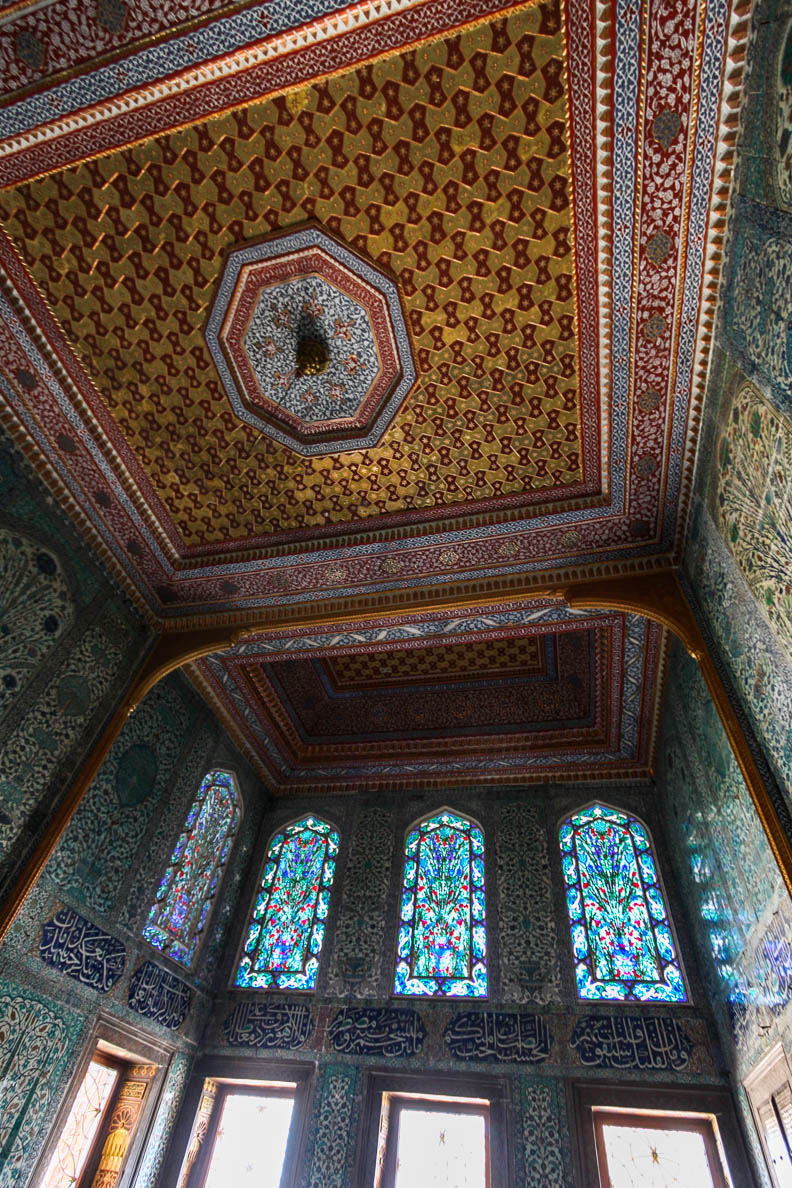
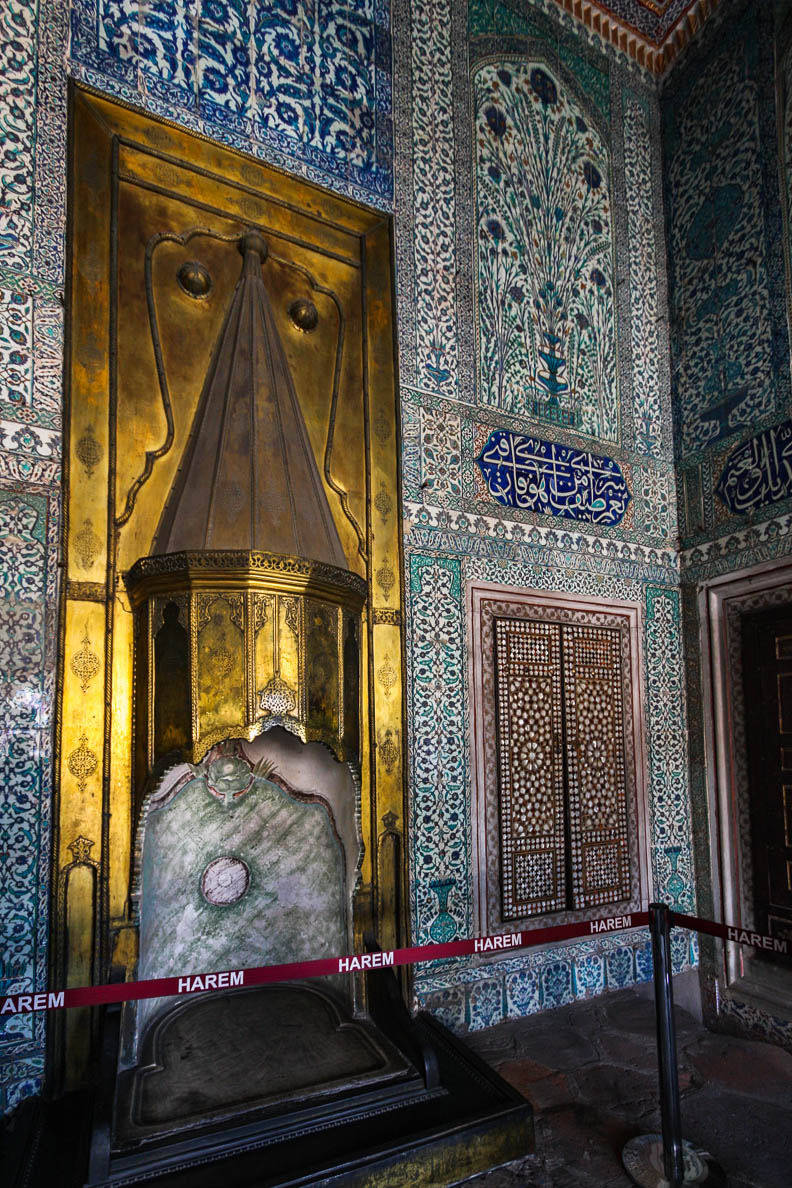
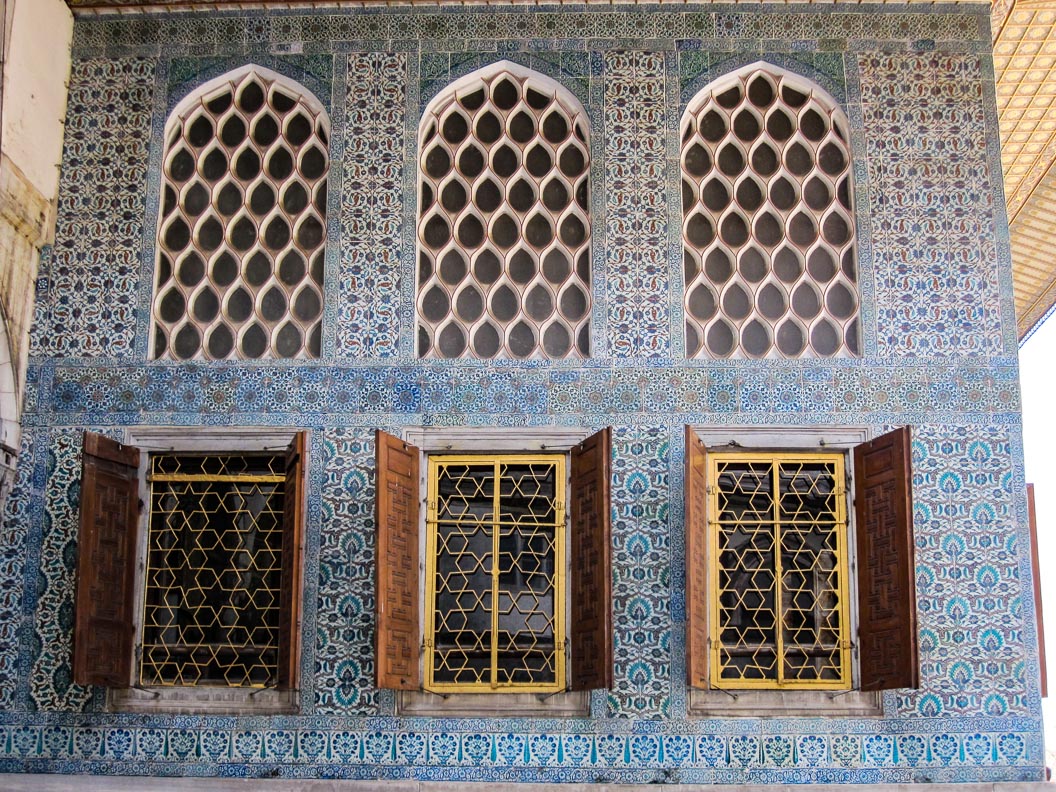
The Fourth Courtyard
Baghdad Kisok
Built in the 17th century, the Baghdad Kiosk (Bağdat Köşkü) was built to commemorate the Baghdad campaign of Sultan Murat IV. In the middle of the room is a silver charcoal stove (mangal), a gift from King Louis XIV of France.
